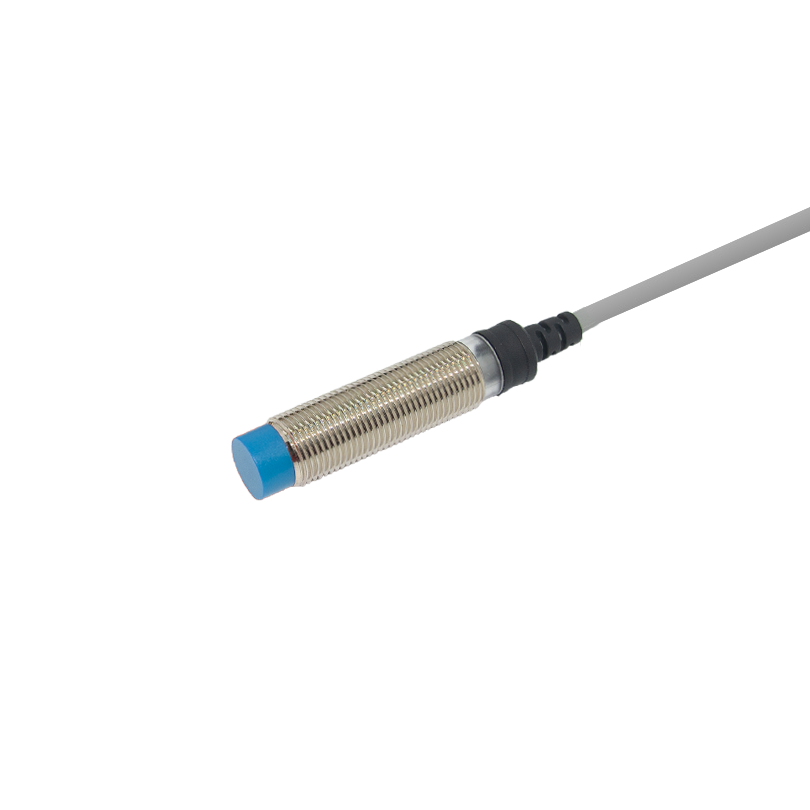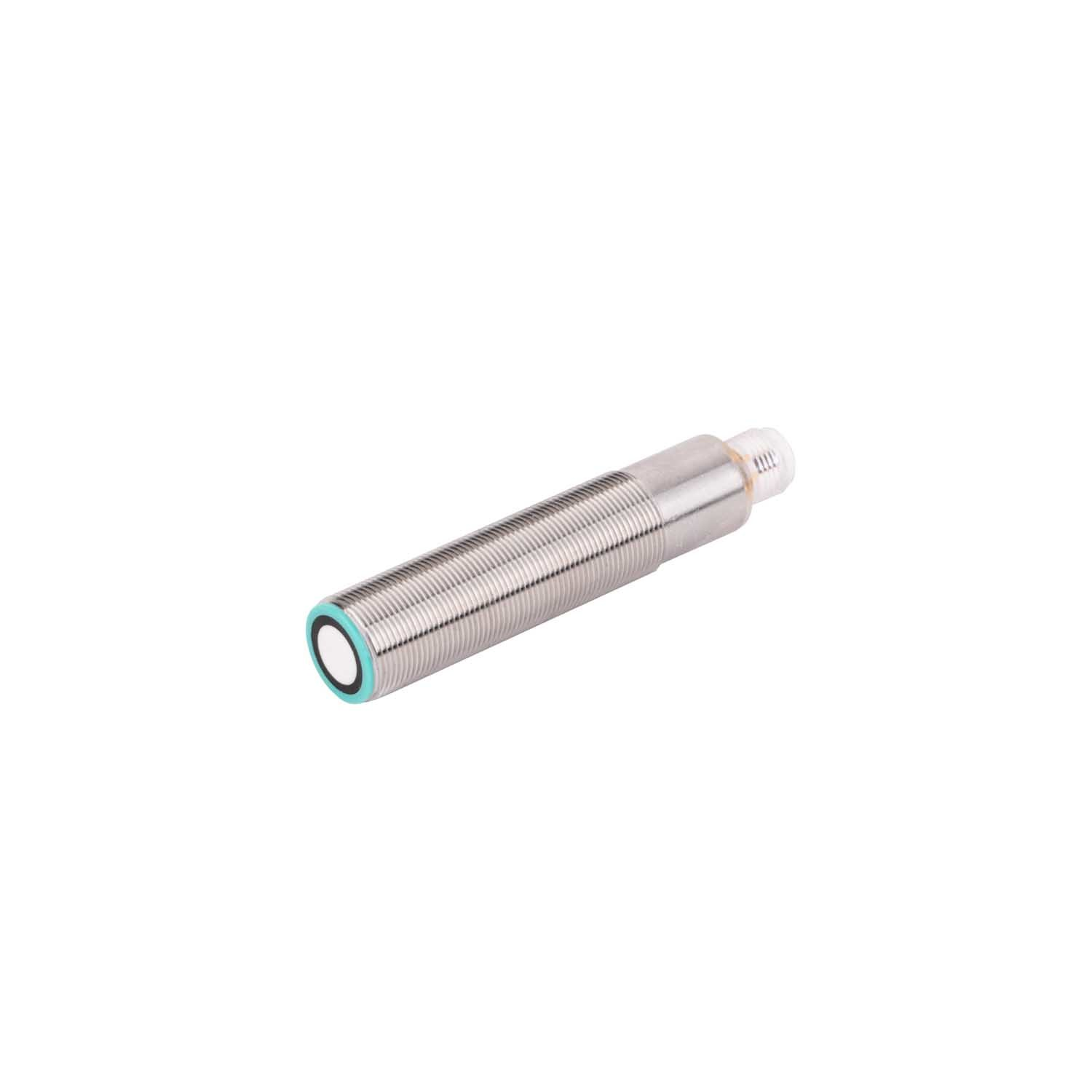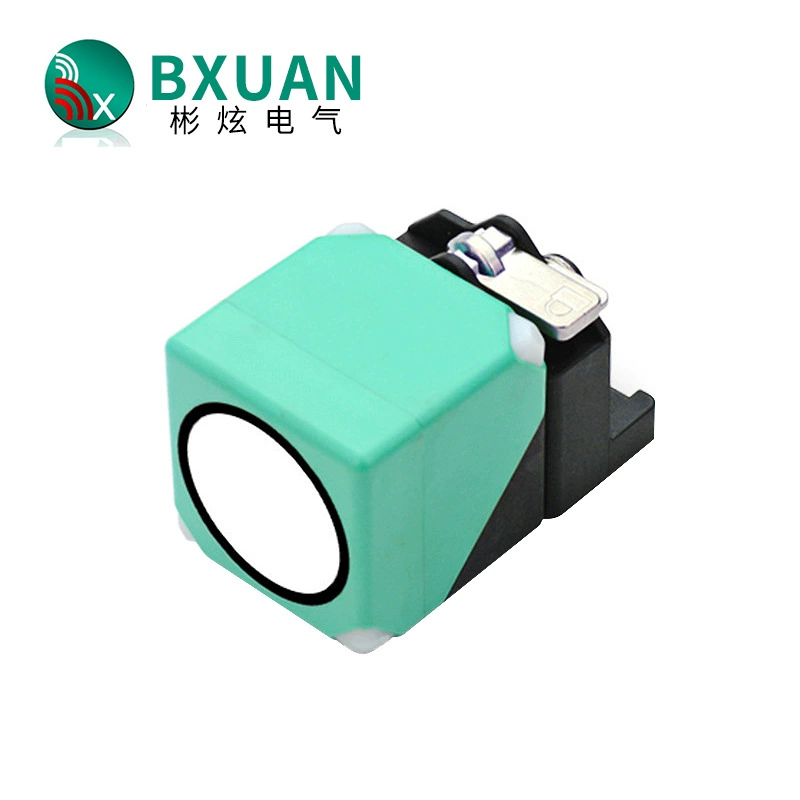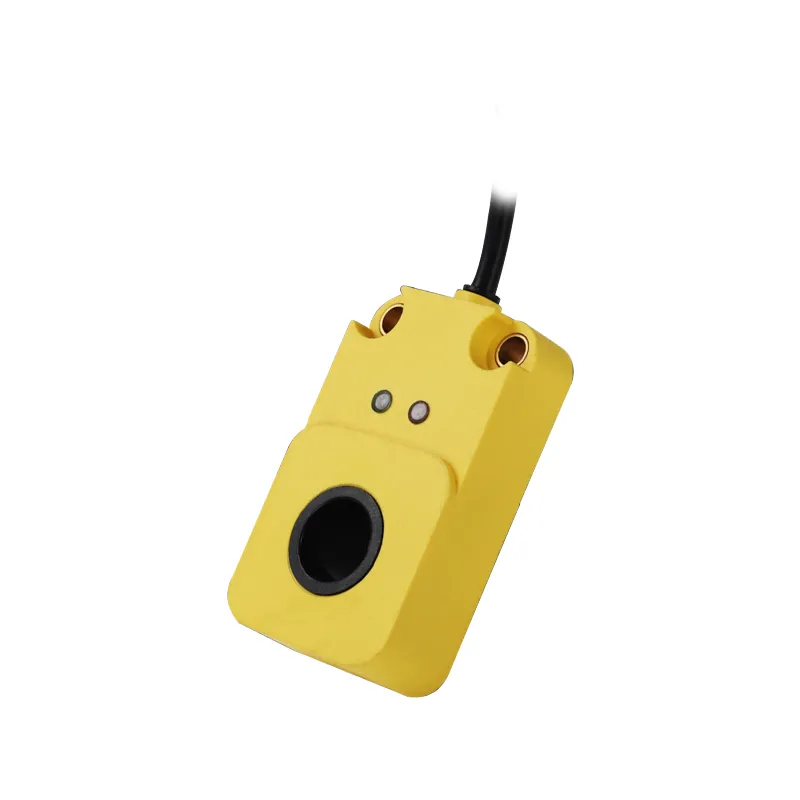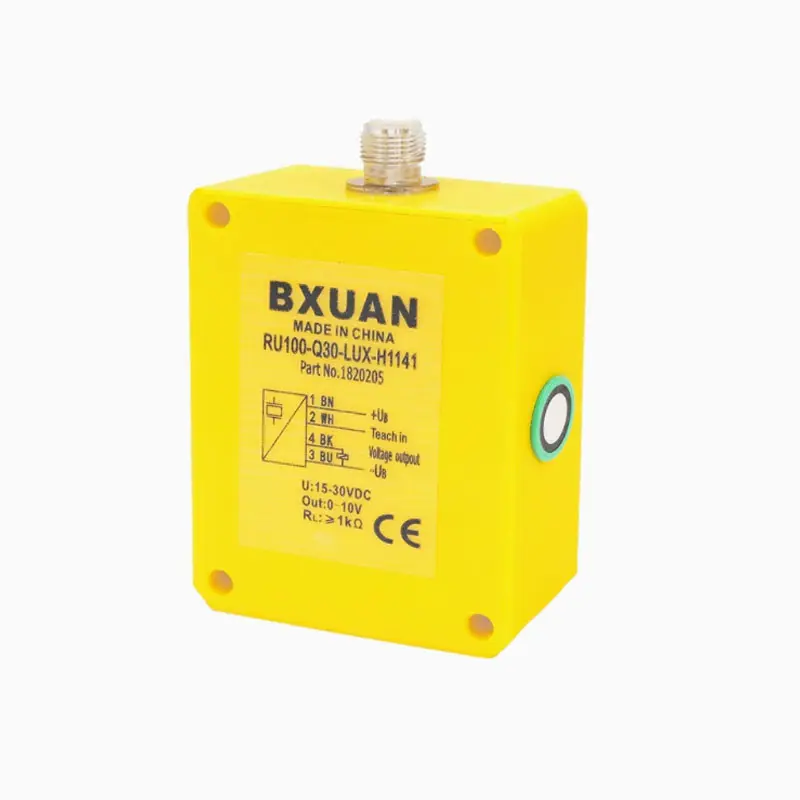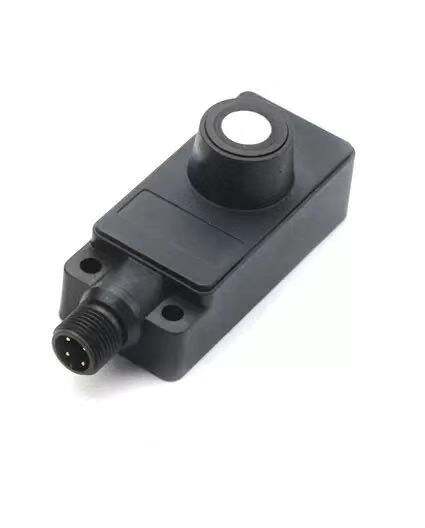حل مشکلات سنسور اولتراسونیک: مسائل رایج و راهحلها
مشکلات رایج سنسورهای اولتراسونیک و علائم آن شناسایی خرابیهای متداول سنسورهای اولتراسونیک یکی از مشکلات مزمن سنسورهای اولتراسونیک این است که سنسورها به دلیل خطای کالیبراسیون سنسور، مشکلات سختافزاری و از دست دادن سیگنال دچار خرابی میشوند...
مشاهده بیشتر

